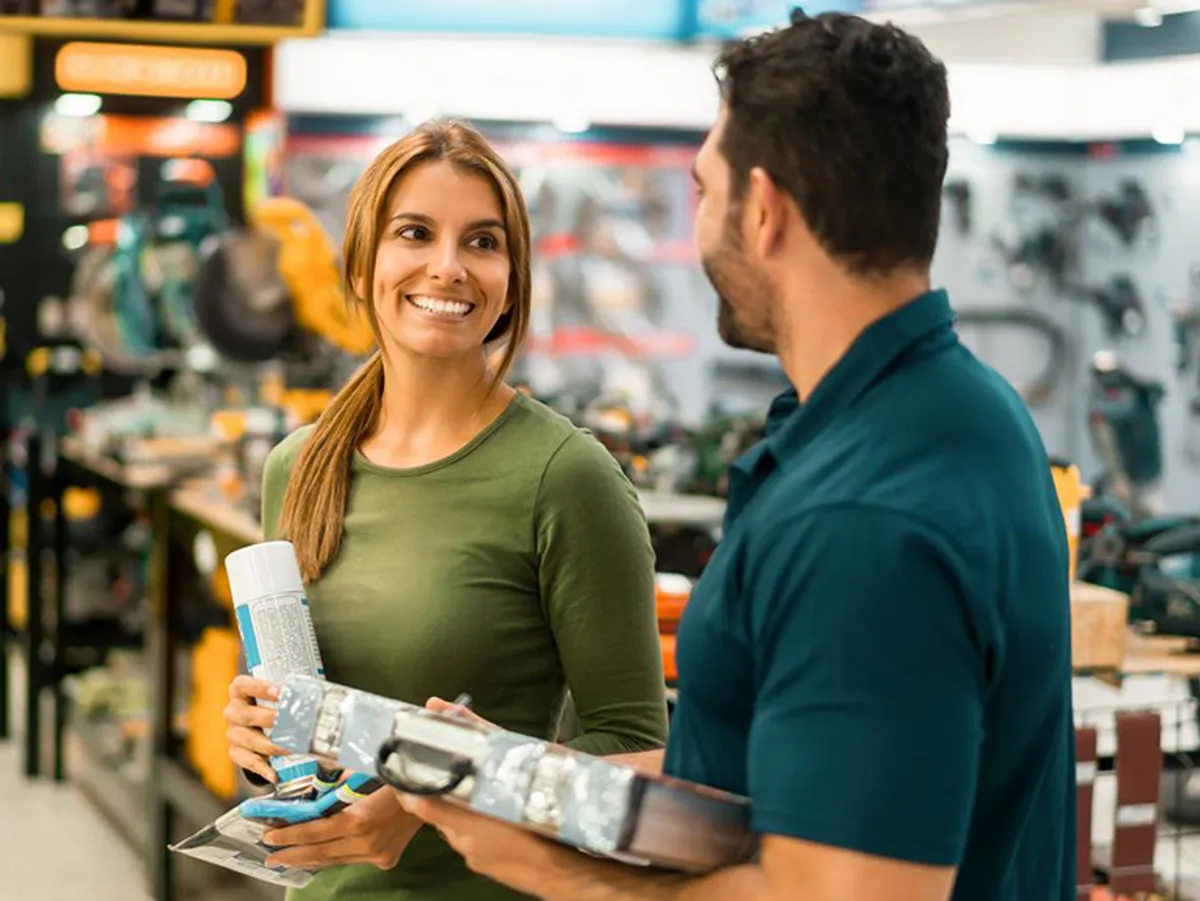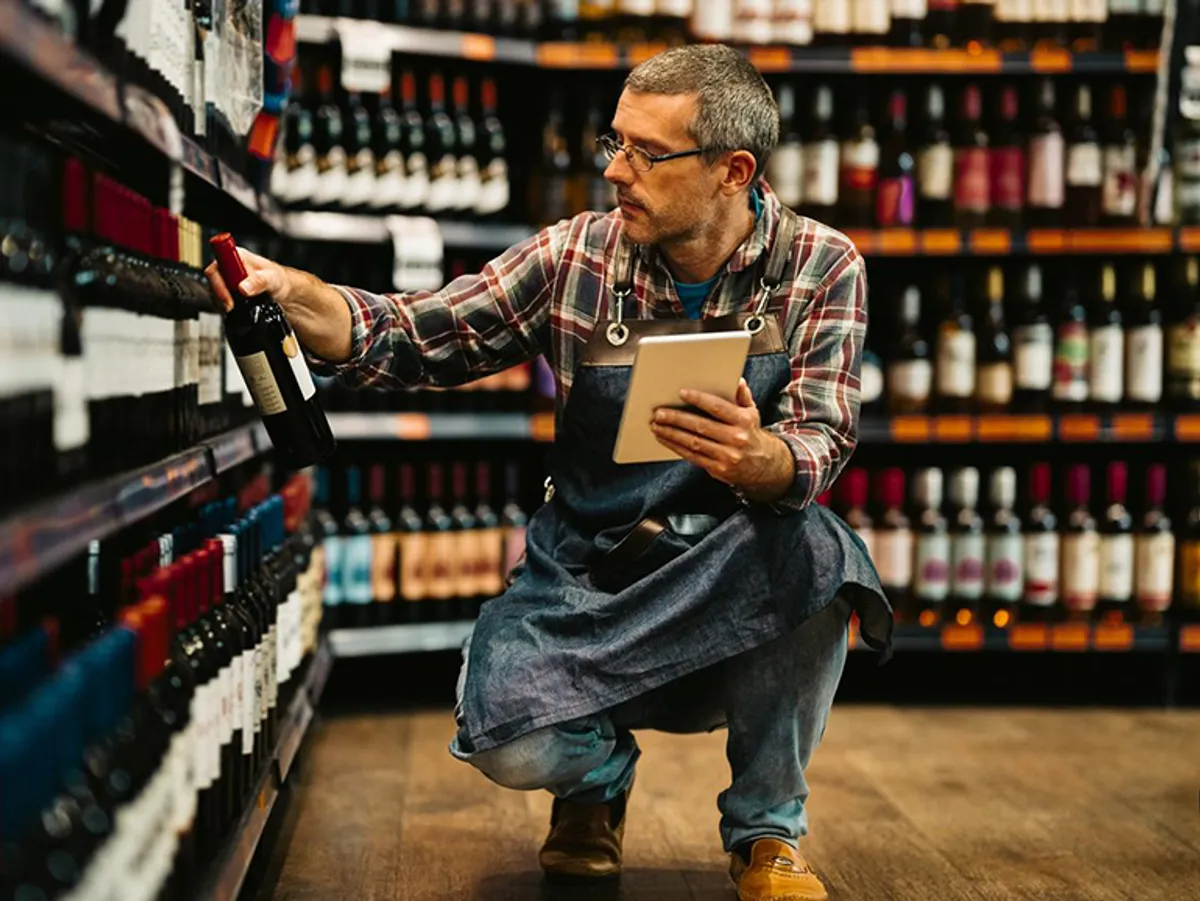The Challenge: Disparate and siloed systems
With over 2,500 stores across 16 states, a massive operation like Casey’s demands a seamless communications system. However, its previous solution was a cobbled-together mixture of various PSTN and PBX systems that weren’t centrally managed or operated. Many had been in use for 50+ years, causing the company unnecessary complications and limiting flexibility.
Many of the locations were also still using old-fashioned POTS lines which were nearing end of life, creating unnecessary silos and risk for the organization.
Casey’s IT team started looking for a new, modern solution that would better fit the growing company. They wanted a system that would unify their business and contact center teams, offer more flexibility and agility, and bring the store into the digital era while continuing to serve legacy customers in rural areas.
After exploring a handful of cloud-based solutions, they chose 8x8. Their decision came down to 8x8’s integrated platform, excellent support, and affordability. Plus, their previous system offered little to nothing in terms of data, analytics, and call features, so the team was eager to explore all of the “bells and whistles” that 8x8 offers, from features like auto attendant and ring groups to advanced data and analytics.
The Solution: Intelligence, automation, and speed
With such a large number of employees and locations, Casey’s migration plan needed to be top-notch to ensure a smooth transition. “We’re the fifth-largest pizza chain in the country,” explains John Jolliffe, Casey’s IT Infrastructure Engineering Manager. “Each location has various landlines, including one kitchen line that takes pizza orders, which generates revenue and is vital to the business.”
The first order of business was to set up an auto attendant on a main line that would answer the call, instead of location-specific landlines that were often busy or hard to reach. “We now have an auto attendant, so before the phone rings in a store, we can ensure that the call goes to the right place,” says Jolliffe. “If it’s not something that a store team member needs to answer, the customer is automatically routed to a support line that can help.”
All of Casey’s stores have been supplied with new phones, and the company plans to finish deploying softphones for team members in the stores that will allow them to communicate via desktop or mobile device. Casey’s also uses 8x8’s integration with Microsoft Teams to connect and collaborate across the greater organization. “The 8x8 platform has made it easy for us to create a foolproof process for migration,” says Jolliffe.
Many of the Casey’s stores have a piece of analog equipment like an alarm system that still requires a landline, but they plan to have those fully transitioned by the end of 2024.
The Benefits: Increased revenue and decreased spending
For Casey’s, moving to 8x8’s integrated, cloud-based system has massively increased the company’s agility and flexibility. Moving from an expensive and disjointed PBX/POTS solution has been huge for both the company and its customers.
The previous solution spelled trouble, especially on game days or busy weekend nights where lots of customers were calling in for pizzas. “We ran studies that told us that 20-25% of calls got busy signals, which meant lost revenue opportunities, not to mention frustration for our customers, many of which would hang up before getting a chance to order,” says Jolliffe. Now, they have a sophisticated queuing system for callers, with a recording that reminds them of alternate wait-free ordering options like their mobile app, moving an average of 5% to 10% of phone orders to the web.
Casey’s has also been able to realize sizable savings since migrating to 8x8. For store phone costs that means up to an 80 percent reduction in costs once fully implemented, not to mention the added revenue from fewer dropped calls and lost orders.
“We have a lot of leaders and managers saying ‘Can we do this, can we do that,’ and the answer is almost always ‘Yes,’” says Jolliffe. “Everything we’re doing with 8x8 is taking us to a better place. We’ve barely scratched the surface of what 8x8 has to offer, and we’re eager to continue exploring the platform’s features and capabilities.”






